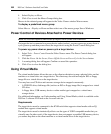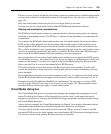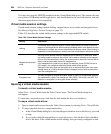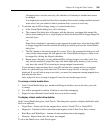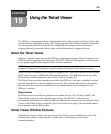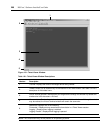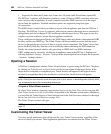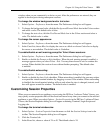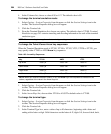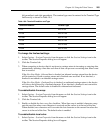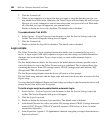
259
CHAPTER
19
Using the Telnet Viewer
The DSView 3 management software ships bundled with a built-in proprietary Telnet Viewer that
provides features unavailable in many other Telnet programs. These features include configurable
session properties tailored for each device, configurable user preferences for all sessions, a
scripting function for automatic device login, a macro function and a logging function.
About the Telnet Viewer
DSView 3 software clients may use the DSView 3 management software Telnet Viewer to access
CPS810 and 1610 appliances and their ports, CCM 850, 1650 and 4850 appliances and their ports,
or any generic appliance that supports Telnet Viewer connections.
NOTE: Throughout this chapter, the term “appliance” or “managed appliance” will be used to indicate a
supported CPS appliance, CCM appliance or generic appliance that supports Telnet Viewer connections.
When a session is established with a supported appliance, the Telnet client switches to SSH (Secure
Shell) mode and opens an SSH shell to/through the appliance. The SSH shell can use any of the
Telnet client’s terminal emulations. See Security Property on page 261.
The Telnet Viewer uses the credentials provided by the DSView 3 software to establish a session
and will automatically accept the appliance server key. The username and password provided by
the users when they log in are authenticated by the authentication service configured in the
DSView 3 software.
Requirements
The Telnet Viewer is actually an applet that runs within the Java 1.5.0_02 plug-in (JRE). The
Telnet Viewer may also work with other Java versions. The DSView 3 software client
automatically downloads and installs the JRE (Java Runtime Environment) the first time the Video
Viewer or the Telnet Viewer is launched. See Java Installation on page 18 for information about
user interaction with the JRE installer.
Telnet Viewer Window Features
A new Telnet Viewer window will open for each new Telnet session established by a user. The
Telnet Viewer window contains menus, a toolbar and a window that provides virtual
terminal emulation.




